This post is all about Small Living Room Layout.
Feeling cramped in your small living room? Don’t give up! It’s a common design challenge, but even the most space-challenged living rooms can be transformed into stylish and functional havens. You can maximise your space with clever layouts and smart design choices.
A small living room layout can often feel limited, but it doesn’t mean sacrificing style or functionality. The key lies in strategic planning and maximising every square inch. This post will provide tips and tricks to transform your small living room layout into a functional and inviting space.
From furniture selection to clever spatial tricks, get ready to unlock the potential of your cosy corner. So ditch the cramped feeling, because transforming your small living room layout into a place where you feel relaxed is definitely achievable!
Best Small Living Room Layout Ideas.
Understanding Your Space
The first step in designing a successful small living room layout is to understand the space you’re working with truly. This goes beyond simply knowing the room’s dimensions; it’s about considering your needs, prioritising functionality, and recognising the inherent opportunities (and limitations) of the space.
- Assess Your Needs and Priorities:
What do you need your living room to be? Is it a place for cosy movie nights with the family, a sophisticated space for entertaining guests, a home office nook during the day, or a multi-purpose space for work and play? Identifying your primary uses will directly inform your layout choices.
Think carefully about how you currently use the space and how you wish to use it. Do you need ample seating for gatherings? Or do you prioritise open floor space for kids to play? Are you a bookworm needing a reading nook? Once you pinpoint these needs, designing an efficient small living room layout becomes significantly easier.
- Measure Everything:
Don’t skip this step! Accurate measurements are crucial when planning a small living room layout. Grab your measuring tape and meticulously record the length, width, and height of your room. Note the placement of windows and doors, since these will influence furniture placement. Don’t forget to measure the location of outlets and radiators!
Creating a floor plan – either hand-drawn on graph paper or using a simple online tool – will give you a visual representation of the space and help you avoid costly mistakes. Furthermore, it allows for strategic decisions when improving your small living room layout. Remember to measure any existing furniture you plan to keep and always measure potential new pieces before bringing them home.
- Identify Focal Points:
Every living room benefits from a focal point – a natural area that draws the eye and anchors the space. In many rooms, the focal point is obvious: a large window with a stunning view, a cosy fireplace, or even a wall-mounted television. However, if your room lacks a clear focal point, you can easily create one.
Consider incorporating an eye-catching piece of artwork, a statement rug, or even creating a gallery wall to serve as your room’s centrepiece. A proper small living room layout relies heavily on the selection of a natural focal point to draw people into the space and add definition to what would otherwise be a drab and claustrophobic area. Once you’ve identified or created your focal point, arrange your furniture around it to create a balanced and inviting seating arrangement.
Layout Strategies for Small Living Rooms
Now that you’ve assessed your needs, measured your space, and identified a focal point, it’s time to delve into layout strategies that will truly transform your small living room layout. There’s no one-size-fits-all approach, but understanding these techniques will empower you to create a space that is both functional and stylish.
- The Floating Furniture Arrangement:
Often, the instinctive reaction when decorating a small space is to push all the furniture against the walls. However, this can actually make a room feel more cramped! A “floating” furniture arrangement, where pieces are positioned away from the walls, can create a sense of spaciousness and improve flow.
This technique involves pulling your sofa and chairs a few inches away from the wall. The sliver of open space behind the furniture visually breaks up the room and creates the illusion of more depth. Define the seating area by placing a rug underneath the front legs of your sofa and chairs. The best small living room layout will strategically play with space to optimise the feeling of openness. Using floating furniture to achieve this helps to avoid the visual feeling of being “trapped” by being hugged along every single corner of your room.
- The Corner Arrangement:
If maximising seating is a top priority for your small living room layout, the corner arrangement might be the perfect solution. This strategy involves utilising the corners of your room to create a cosy and conversational seating area.
Consider using a sectional sofa or arranging two sofas in an L-shape to make the most of the corner space. Add a comfortable armchair and an ottoman to create a complete and inviting setting. Corner arrangements are particularly effective in small rooms because they consolidate the seating area, leaving more open floor space for circulation. A good small living room layout relies on the selection of space-saving strategies to create the maximum amount of functionality, without compromising comfort or personal aesthetic expression.
- The Multi-Functional Layout:
Often, small living rooms are tasked with serving multiple purposes. Perhaps you need a dedicated workspace, a small dining area, or a play space for children. Integrating these functions seamlessly into your small living room layout requires careful planning and strategic furniture selection.
Consider using room dividers (like screens or bookcases) to create distinct zones within the living room. If you need to maintain privacy and functionality, dividing up the living area for dual or even multiple uses is essential to a good layout design. For a workspace, try a small desk tucked into a corner or a console table that doubles as a work surface. Choose furniture that serves multiple purposes: a sofa bed for overnight guests, a coffee table with lift-top storage, or an ottoman that can be used as a footrest, a coffee table, or extra seating. Implementing multi-functional components when strategising your small living room layout can make a huge improvement in overall usability and visual perception of added space.
Furniture Choices for Small Spaces
Choosing the right furniture is paramount when crafting a successful small living room layout. Bulky, oversized pieces will quickly overwhelm a small space, while lighter, more streamlined options will create a more open and airy feel. The key is to prioritise functionality, scale, and visual weight.
- Prioritize Multi-Functional Furniture:
In a small living room, every piece of furniture needs to work hard. Opting for multi-functional pieces is a game-changer for maximising space and minimising clutter. This is truly essential if you are going to establish an effective small living room layout.
Think about sofa beds that can transform into guest accommodations, ottomans with hidden storage for blankets and pillows, coffee tables with lift-top surfaces for dining or working, and nesting tables that can be pulled out when needed and tucked away when not in use. Choose pieces that offer built-in storage or that can be easily repurposed. Every piece of furniture needs to provide functional utility in your small living room layout.
- Scale Down Furniture Sizes:
Resist the urge to purchase that enormous sectional sofa! In a small space, smaller-scale furniture will always be a better choice. Opt for a loveseat instead of a full-sized couch, and choose sleek accent chairs instead of bulky armchairs. Consider furniture with exposed legs or open frames, which allow light to pass through and create a sense of lightness.
To improve the efficiency of your small living room layout, try downsizing and using furniture pieces that work with, not against, your space requirements. Think small scale in every purchase: lamps, coffee tables, ottomans and shelves, or anything you want to use, the selection of “lite” in smaller quarters makes a large impact. Remember to consider your overall dimensions to scale correctly, or you could miss what small actually is!
- Vertical Storage Solutions:
When floor space is limited, the only way is up! Taking advantage of vertical storage solutions is crucial for maximizing space and keeping clutter at bay in your small living room layout. By integrating storage space onto the walls, or above the eye line with overhead storage units, an entire additional layer can be applied for function in your space.
Install bookshelves that reach the ceiling, use wall-mounted cabinets to store media equipment and books, or create a gallery wall with floating shelves. Not only does vertical storage provide practical functionality, but it can also add visual interest to your room. Don’t allow dead space! Consider vertical display cabinets, glass cases, and wall shelves for storage options to support an aesthetic but also function in your small living room layout. Think of it as your secret space management power!
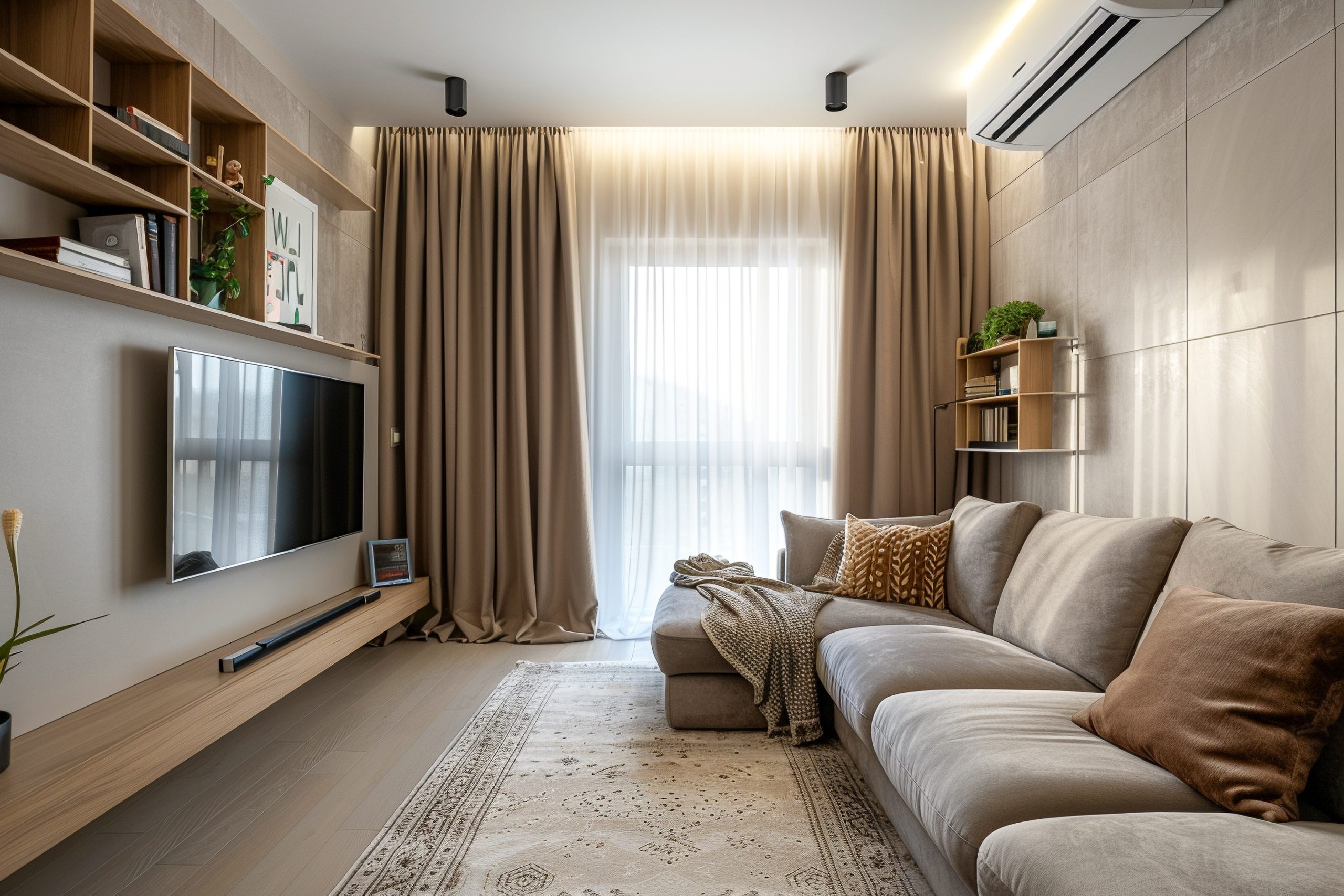
Making the Room Feel Bigger
Beyond choosing the right furniture and layout, there are several visual tricks you can put into place to make your small living room layout feel more spacious and open. These techniques play with light, colour, and perception to create an illusion of added square footage.
- Lighting is Key:
Lighting is a powerful tool in interior design, and it’s especially crucial in small spaces. Maximizing natural light is always the first priority. If possible, avoid heavy curtains that block sunlight and opt for sheer or light-filtering curtains instead. Let that sunshine in!
Layering artificial light is equally important. Combine ambient lighting (like an overhead fixture or recessed lighting) with task lighting (reading lamps) and accent lighting (wall sconces, art lighting). Avoid dark corners – strategically place lamps to brighten the space and create a more inviting atmosphere. With the effective application of both natural and artificial light, improving your small living room layout will open up a huge number of possibilities with decorating options and utility as well.
- Embrace Mirrors:
Mirrors are a designer’s best friend when it comes to creating the illusion of space. Place a large mirror on a wall opposite a window to reflect light and views, effectively doubling the perceived size of the room.
You can also use smaller mirrors to create a gallery wall or add a decorative touch. Experiment with different shapes and sizes to find the perfect fit for your space. Just be mindful of what the mirror is reflecting – avoid reflecting clutter or unflattering views! Careful placement is a high-impact decision when executing a small living room layout effectively using reflective practices.
- Colour and Texture:
The colours you choose for your walls, floors, and furniture can significantly impact the perceived size of your small living room layout. Lighter, brighter colours reflect more light, making the room feel more open and airy.
Stick to a neutral colour palette for your walls and floors, and then add pops of colour through accessories like pillows, throws, and artwork. Incorporating textures (like woven baskets, plush rugs, or patterned fabrics) can also add visual interest and depth to the space, preventing it from feeling flat or sterile. A small living room layout doesn’t have to compromise on expressing an individual or stylistic aesthetic, despite limited square footage. You can use a range of texture applications and lighter colours to really create a sense of warmth and homeliness.
Declutter and Organise
No matter how well-designed your small living room layout is, it will always feel cramped and uncomfortable if it’s cluttered and disorganised. A clutter-free space is essential for maximising functionality and creating a sense of calm and relaxation. Getting rid of all excess junk is probably the most critical first step to a successful small area.
- Regular Purging:
Make it a habit to regularly declutter your living room and remove any items you no longer need, use, or love. Be honest with yourself – if you haven’t used something in the past year, chances are you don’t need it. A successful small living room layout benefits greatly from the art of “less is more”.
Donate unwanted items to charity, sell them online, or simply toss them in the trash. The goal is to create a space that is free from unnecessary belongings, allowing you to fully enjoy the room. Consider making it a goal to run through the things and find the clutter spots at least quarterly.
- Smart Storage Solutions:
Effective storage is essential for keeping clutter at bay. Utilise baskets, bins, and decorative boxes to conceal everyday items like remote controls, magazines, and toys. Make use of furniture with built-in storage, such as ottomans, coffee tables, and console tables with drawers or shelves. This adds some extra functionality when used to support your small living room layout!
By creating designated storage areas for all of your belongings, you’ll keep your living room tidy and organised. Creating and enforcing good habits is the first step to the benefits that come from organising with small living room layout. With strategic decluttering and careful planning, the small space will allow for functional as well as fun enjoyment.
You can totally transform the cramped spaces! Planning a brilliant small living room layout is definitely doable. By strategically considering needs, measuring your space, choosing furniture pieces and arrangements carefully, the small space will provide joy, and comfort and style to those who live with its design! So get the plans flowing, come up with the optimal layout and see the changes that can come with putting some work and inspiration!

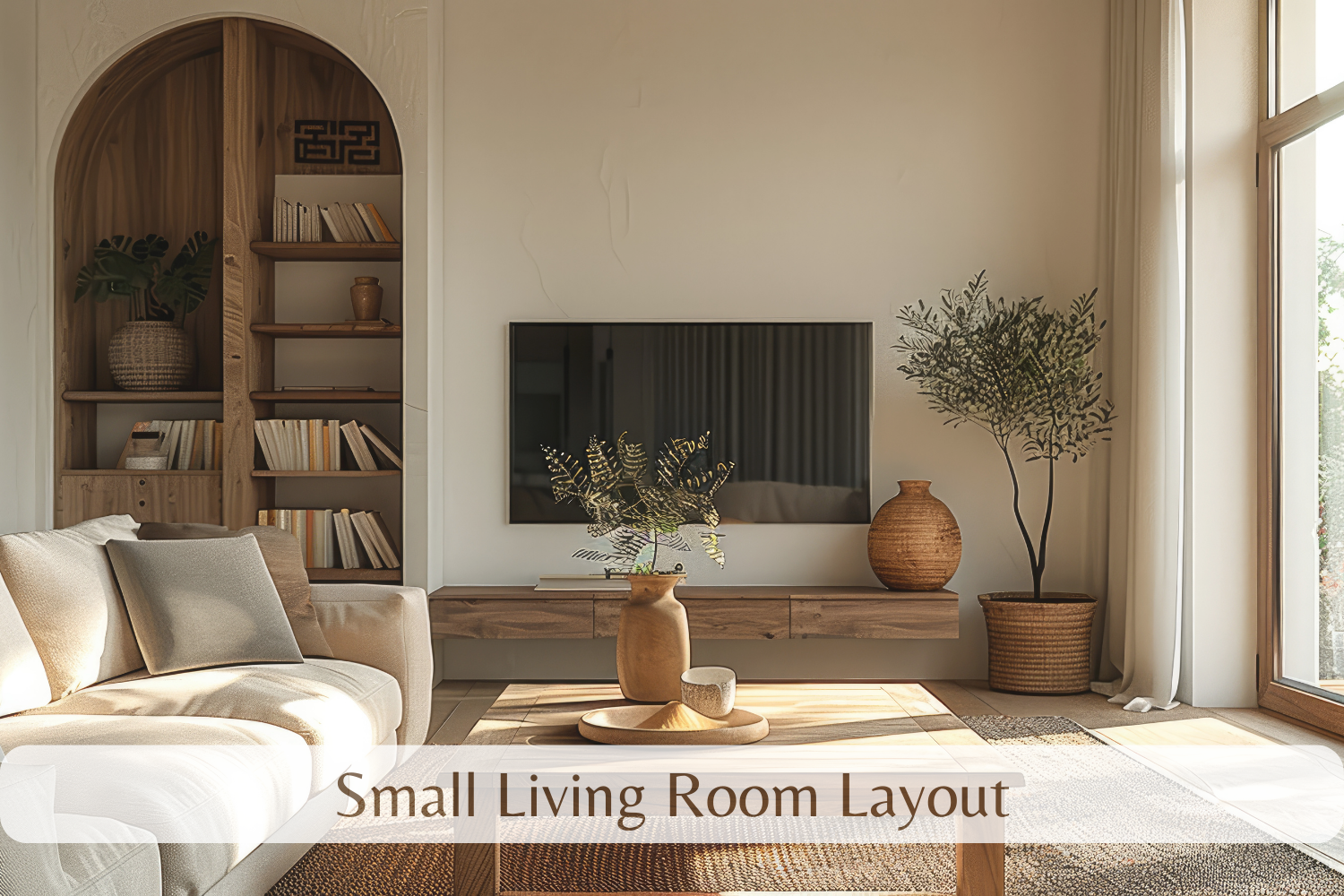
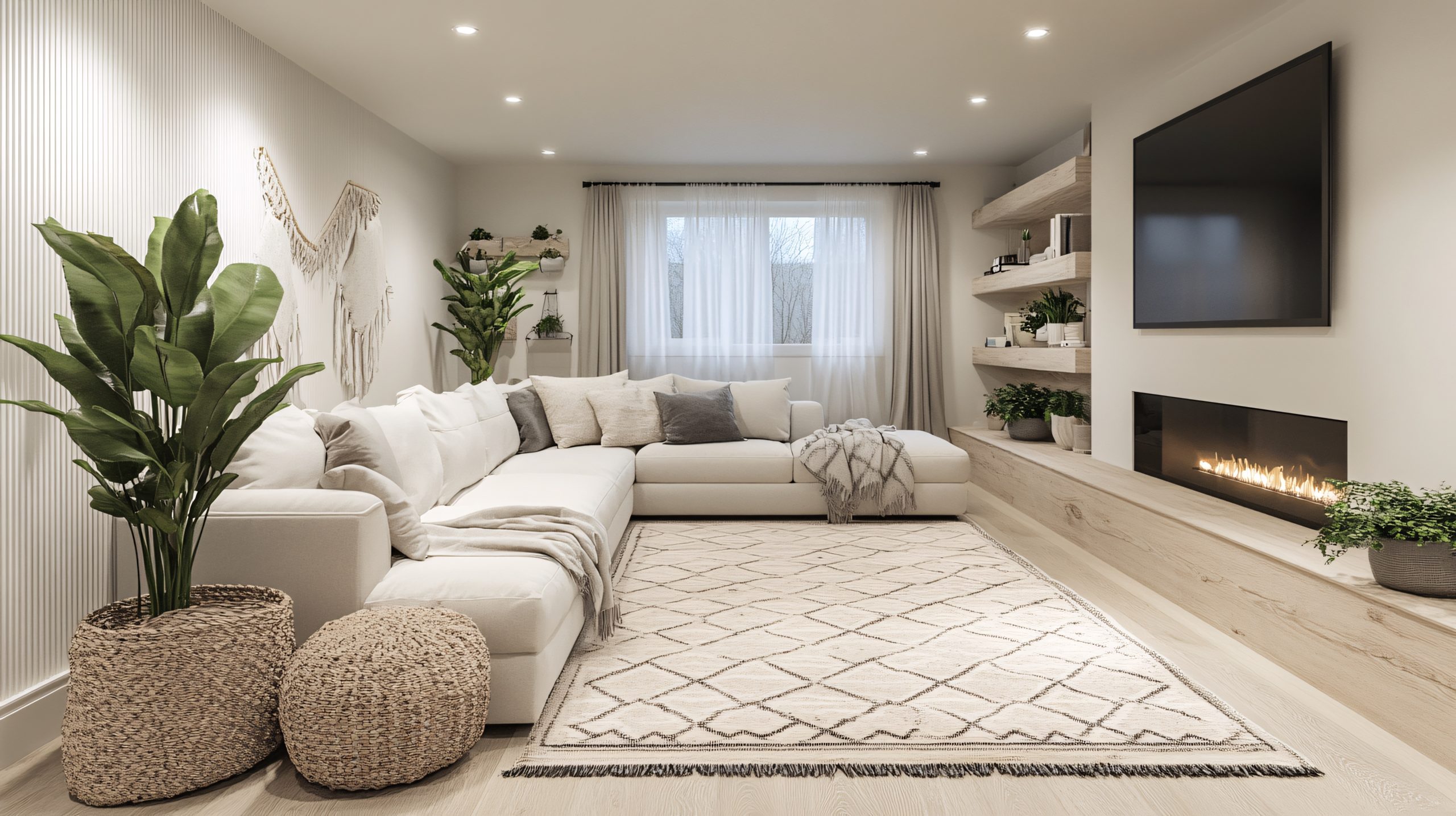
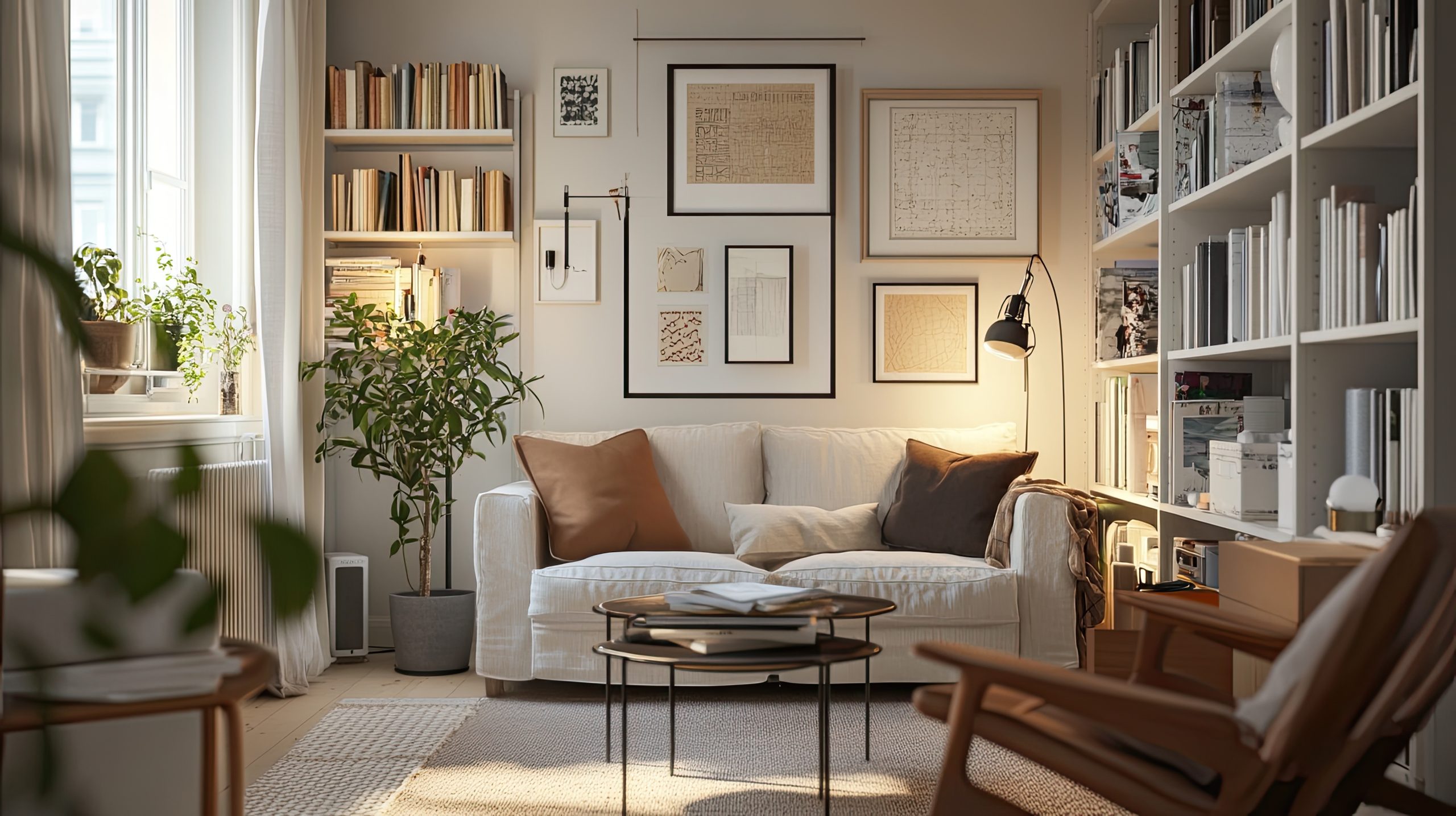
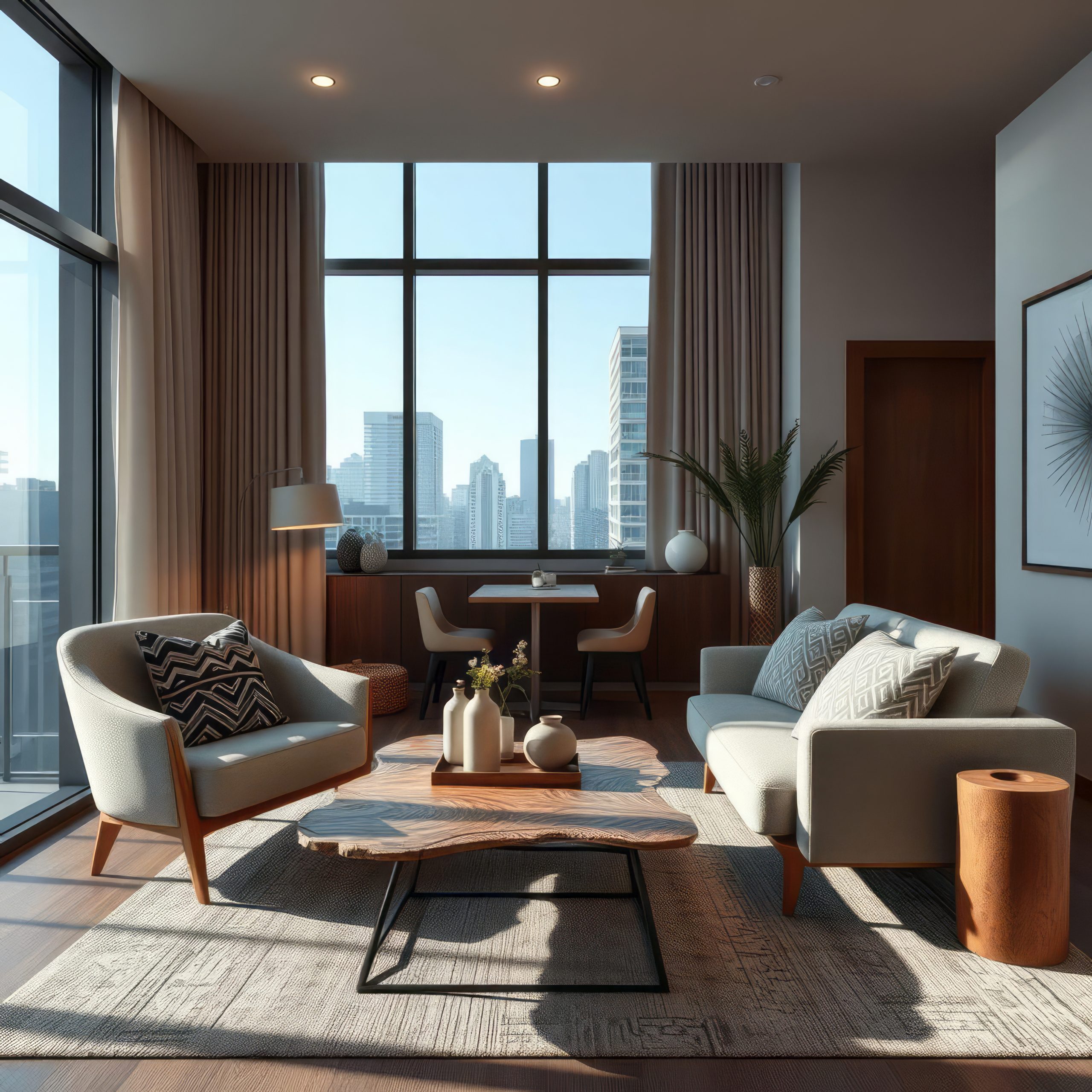
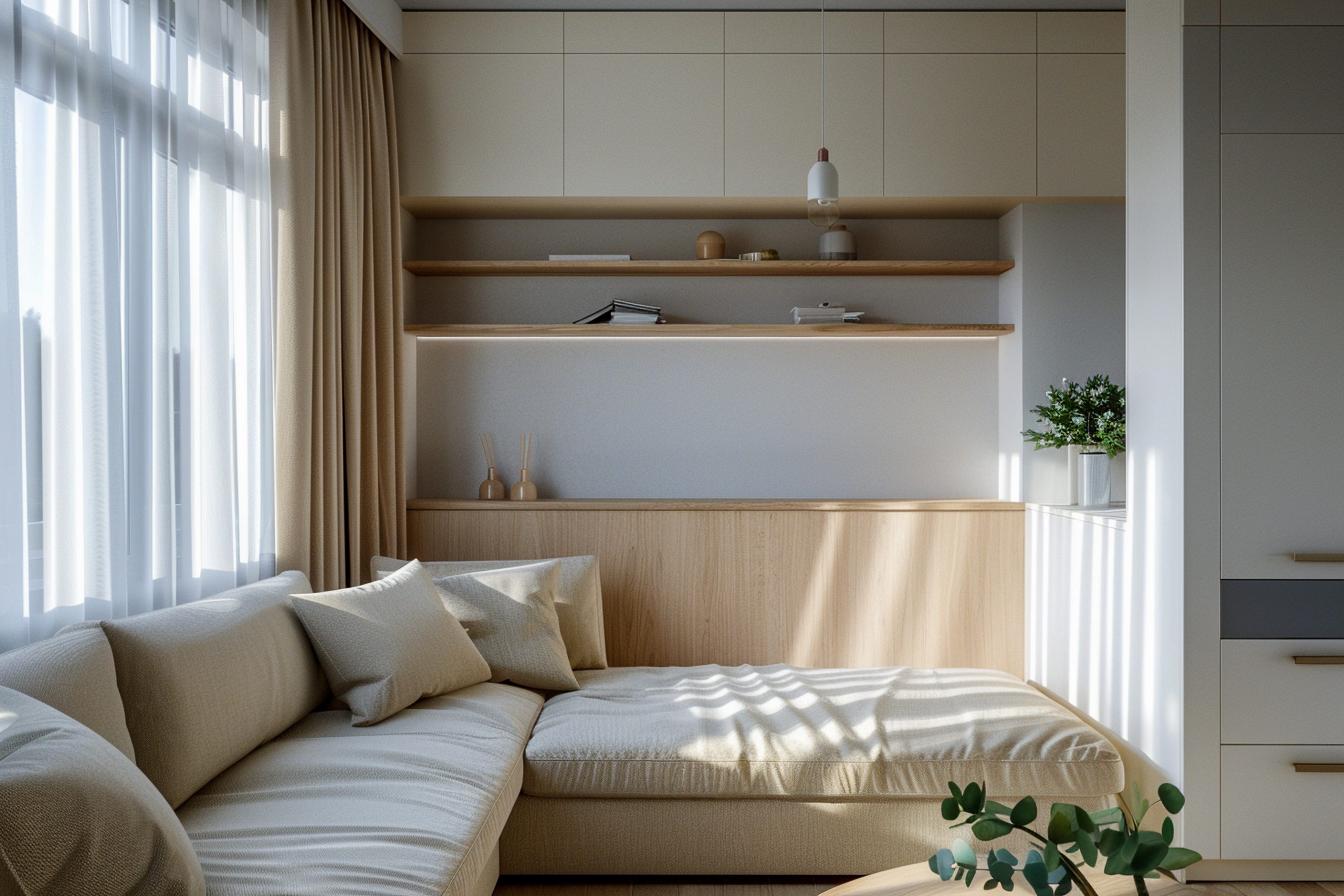





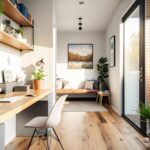



0 Comments